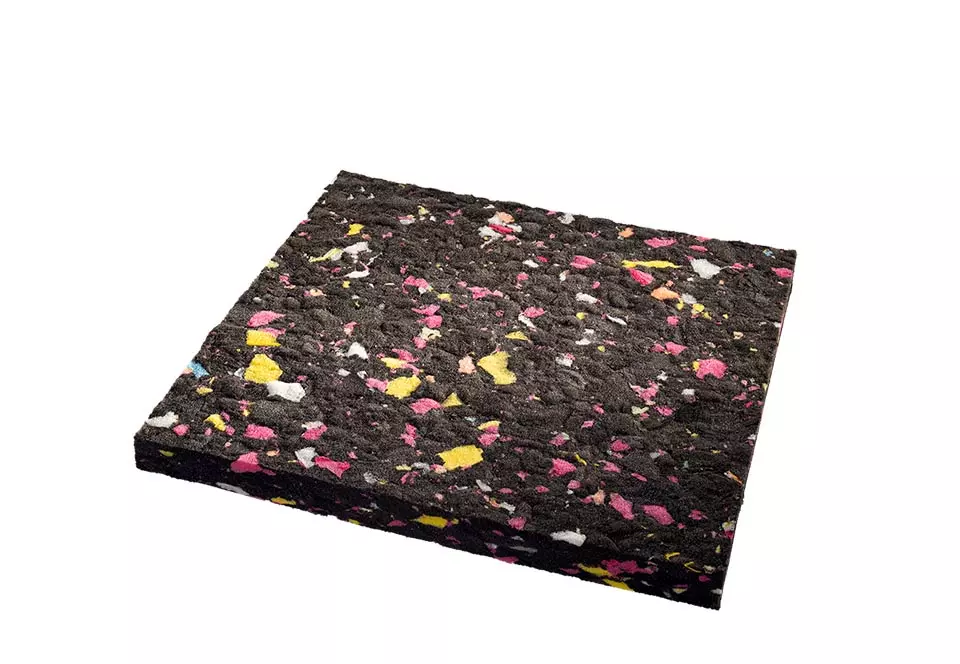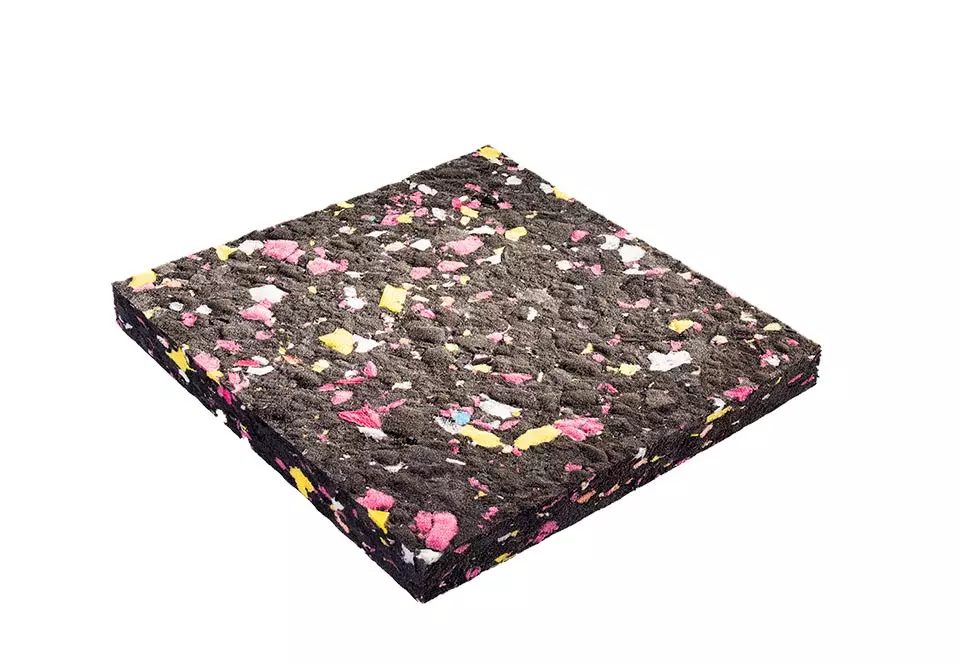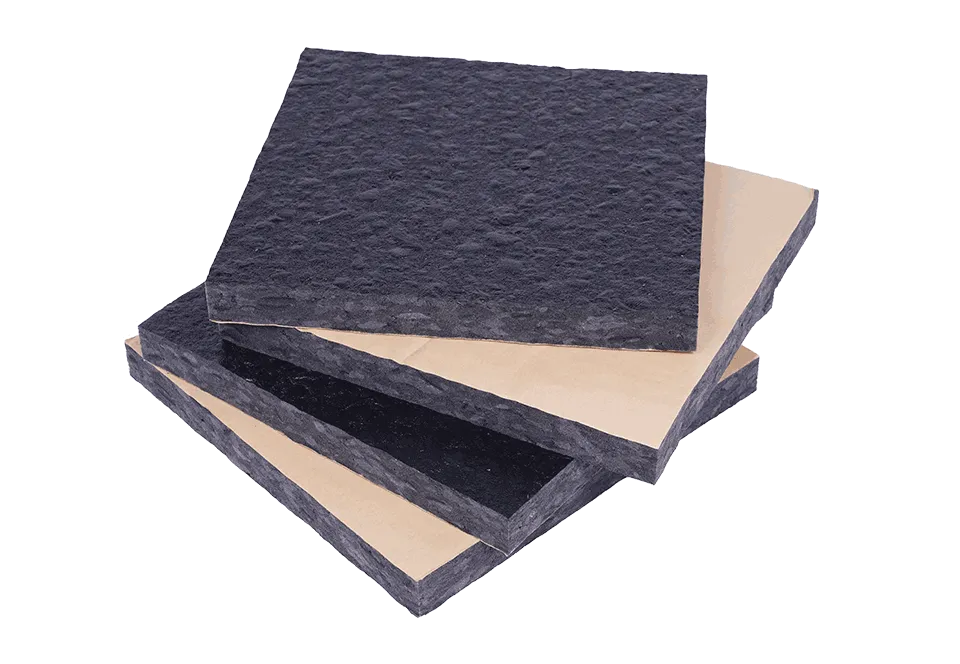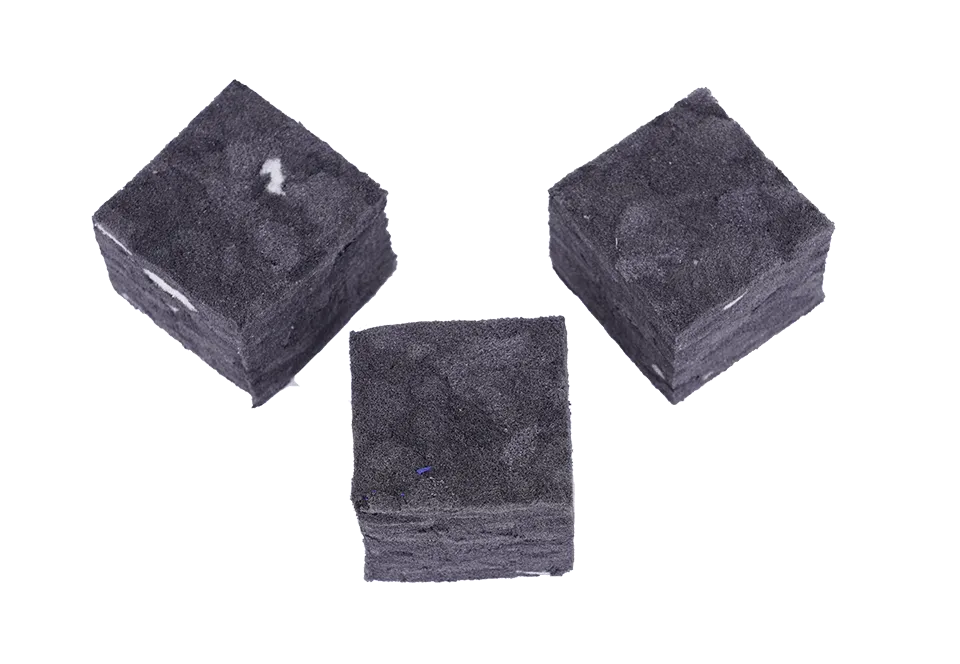RFOF Foam
RF over fibers (RFoF) foam is a specialized foam material used in RFoF systems to protect and maintain the integrity of fiber-optic cables. This foam is typically used in conjunction with other materials, such as metal shielding, to create a protective barrier around the fiber-optic cable. RFoF foam is used in a variety of applications, including telecommunications, aerospace, military, and broadcasting. It is also used in research and development applications, where precise and reliable RF signal transmission is essential.




| Product Specification | ||
|---|---|---|
| Product Code | --- | |
| Density Available | -- | |
| Shape | Square Round | |
| Application | Electric & Telecom Etc.... | |
| Patern | Customised | |
| Sample Available | 2 | |
| Certification | -- | |
| Main Demestic Market | All India | |
| Colour | -- | |
| Grades | RF | |
| Third Party Confirmation | -- | |
Product Description
The primary purpose of RFoF foam is to protect fiber-optic cables from damage caused by environmental factors such as temperature changes, moisture, and physical impact. The foam is also an electrical insulator, helping to prevent electrical interference that could degrade the quality of RF signals.
Overall, RFoF foam is an important component of RFoF systems, helping to maintain the quality and integrity of fiber-optic cables in a wide range of applications. Its ability to provide mechanical protection, electrical isolation, and signal quality make it a valuable tool in the world of RF technology.
RFOF Foam Characteristics
RF over fiber (RFoF) foam is a specialized foam material that is designed to protect and maintain the integrity of fiber-optic cables in RFoF systems. The foam is typically made of a closed-cell foam material, which provides a high level of protection against environmental factors such as temperature changes, moisture, and physical impact.
Some of the key characteristics of RFoF foam include:
Signal quality: RFoF foam is designed to maintain the quality of RF signals by reducing signal loss and distortion caused by environmental factors. The foam also provides electrical insulation to prevent interference from external sources.
Mechanical protection: RFoF foam provides a protective layer around the fiber-optic cable, helping to prevent damage from physical impact or bending.
Lightweight: RFoF foam is a lightweight material that does not add significant weight or bulk to the overall RFoF system.
Cost-effective: RFoF foam is a cost-effective solution for protecting fiber-optic cables in RFoF systems, as it provides high levels of protection at a relatively low cost.
Easy to install: RFoF foam is easy to install and can be cut to fit the specific dimensions of the fiber-optic cable.
Compatibility: RFoF foam is compatible with a wide range of fiber-optic cables and can be used in a variety of RFoF systems.
RFoF foam is used in a variety of applications, including telecommunications, broadcasting, aerospace, and military. Its ability to provide mechanical protection, electrical insulation, and signal quality make it a valuable component of RF technology.
RFOF Foam Applications
RF over fiber (RFoF) foam is a specialized foam material that is used to protect and maintain the integrity of fiber-optic cables in RFoF systems. The foam is used in a variety of applications across different industries, including:
Telecommunications: RFoF foam is used in the telecommunications industry to support high-quality and long-distance transmission of RF signals. The foam helps to maintain signal integrity and prevent signal loss caused by environmental factors.
Broadcasting: RFoF foam is used in the broadcasting industry to support the transmission of high-quality audio and video signals. The foam helps to maintain signal quality, preventing interference and signal loss.
Aerospace: RFoF foam is used in the aerospace industry to support the transmission of RF signals in aircraft. The foam helps to maintain signal quality in high-altitude environments and prevent signal loss due to temperature changes and other environmental factors.
Military: RFoF foam is used in the military for a range of applications, including communication, radar, and navigation. The foam helps to maintain signal integrity in harsh environments and prevent signal loss caused by environmental factors and interference.
Research and Development: RFoF foam is also used in research and development applications, where precise and reliable RF signal transmission is essential. The foam helps to maintain signal quality and prevent signal loss caused by environmental factors.
Overall, RFoF foam plays an important role in maintaining the quality and integrity of fiber-optic cables in RFoF systems across different industries. Its ability to provide mechanical protection, electrical insulation, and signal quality makes it a valuable component of RF technology.
FAQ's
RF over fibers, or Radio Frequency over Optical Fiber, is a technology that enables the transmission of radio frequency signals over optical fiber cables. It allows for long-distance RF signal distribution with minimal signal loss.
RF over fiber is used to overcome the limitations of copper cables, which are susceptible to signal loss and electromagnetic interference. It offers high bandwidth, low signal loss, and immunity to RF interference, making it ideal for applications like telecommunication networks and RF signal distribution systems.
RF signals are converted to optical signals using a modulator and then transmitted over optical fiber cables. At the receiving end, the optical signals are converted back into RF signals. This process allows for the long-distance, low-loss transmission of RF signals.
The key advantages of RF over fiber technology include low signal loss, high bandwidth, immunity to electromagnetic interference, and the ability to transmit RF signals over long distances without degradation. It's also suitable for applications requiring secure and lightweight signal transmission.
RF over fiber is used in various applications, including telecommunications networks, satellite communication, broadcast systems, cellular base stations, radar systems, and RF signal distribution in industrial and military settings. It is especially valuable in scenarios where RF signals need to be transported over extended distances with minimal loss.



